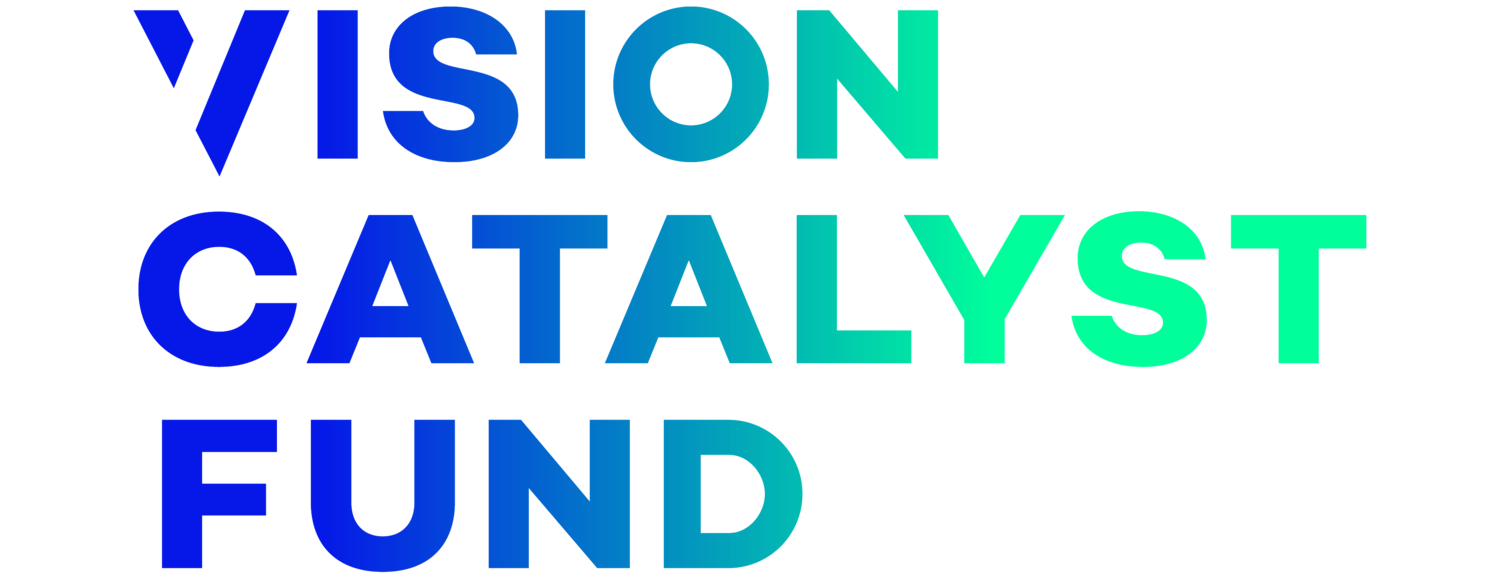Funding our first vision programmes
The Vision Catalyst Fund’s Director of Programmes Dr Andrew Cooper shares his insights and latest developments to prepare the initial VCF funding areas.
Since writing about the need for a systematic approach to setting up the programmes for the Vision Catalyst Fund a few months ago, much collaborative work has been undertaken to prepare for funding our first vision programmes. All of this work has been done in the context of COVID-19, which is having a profound effect on societies, health systems and the delivery of eye health services across the globe. Whilst COVID-19 presents many challenges in providing access to vision, there may also be lessons that we can learn about innovation and the resilience of health systems that will help in further strengthening eye health services in the future.
In May 2020 we commissioned PwC Australia to develop a systematic process for selecting and curating our first pilot programmes. As a funder rather than an implementing organisation, the Vision Catalyst Fund has always been focused on adding value to the excellent work of partners in eye health. PwC consulted with a wide range of stakeholders, including eye health experts, NGOs, monitoring and evaluation specialists and others from the global funding space about how best to deliver funding. We are extremely grateful to everyone who fed into this process, particularly as they were generous with their time during a difficult period for all in global health.
PwC developed a rigorous framework for the VCF to select, assess and shape our first funded programmes. At the core of this framework are a set of criteria to ensure that we can meet our mission of increasing access to vision. The criteria include issues such as ensuring that our programmes are government-driven, sustainable and scalable, as well as providing equitable access to vision for those with an unmet need in a range of lower and middle-income countries.
We will offer a range of funding to programmes which closely align with our criteria. For example, funding will be offered to assist with planning in-country programmes, policy and advocacy work, as well as for innovative ideas which could lead to better service delivery.
Part of our approach will be a clear focus on monitoring and evaluation, so that we can effectively measure system change, access to vision, as well as the broader impact on the lives of individuals that it creates. This impact can be in diverse areas such as employment, education and road safety. Helping to generate better evidence on some of these issues will be part of our mission so that there is stronger data on the incredible impact of vision and eye health on the lives of individuals across the globe.
There will also be funding to scale up existing vision programmes or to add value to them in other ways, for example by strengthening their approach to monitoring, evaluation and learning. Another funding stream will be focused on scaling programmes where we can support countries in co-designing and co-funding access to vision for entire populations. These priorities will form our initial funding areas, which will be built on after the pilot phase.
There is also a crucial catalytic element to our role as a funder. Building on the World Report on Vision, the forthcoming Lancet Global Health Commission on Global Eye Health, and the work of agencies such as IAPB, our focus will be on being a catalyst to enable eye health programmes to flourish. This could involve financial support for partners, but equally, we will use our role as an independent funder to advocate for access to vision, to convene people and organisations in creating better programmes and more momentum for change. We can also play a role in developing partnerships, for example by being at the nexus of governments, NGOs, the private sector and other important stakeholders in-country to facilitate better coordination in delivering eye health services.
Just like everyone else, our work has been impacted by the global pandemic in various ways. Our mission, to provide access to vision to everyone, everywhere, remains the same. With a growing and ageing population leading to an ever greater unmet need in eye health, we remain focused on bringing in new resources to use in creating system change. It is a complex challenge, but in our role as a catalytic funder, we will do everything that we can to support a wide range of partners to both scale up existing provision and create innovation in service delivery.
Further information about our funding priorities and the process for applying for grants from the Vision Catalyst Fund will be shared in due course. We look forward to partnering with many of you in supporting the development of eye health ecosystems, using the rigorous framework that we have developed, to enable more people to be able to see clearly.



